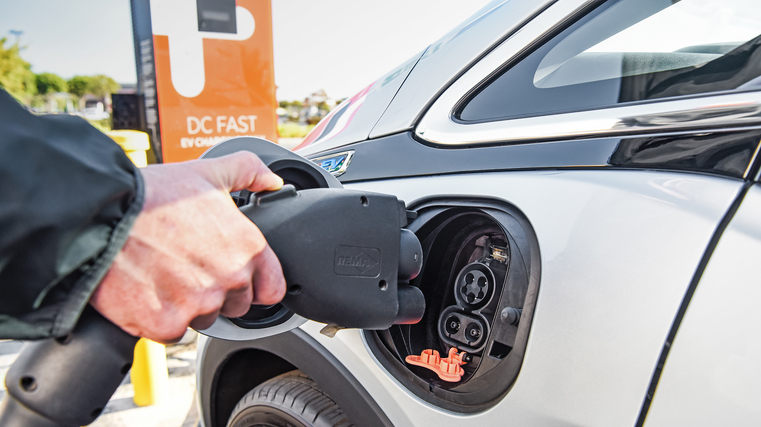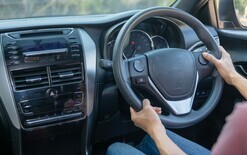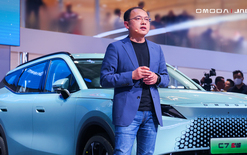Vector to trial EV technology

The trial will see if electric vehicles (EVs) and vehicle-to-home (V2H) systems can effectively ease peak demand on electricity networks and keep the power on for customers during short-term outages.
Vector’s chief networks officer Andre Botha said it is also important to understand the impact larger numbers of EVs have on electricity networks – especially as their popularity continues to rise – and how new customer technologies can help.
“As more people make the switch to EVs, demand for electricity is likely to increase substantially, especially during peak times,” said Botha.
“While we can always build more network infrastructure to meet the demand peaks, this comes at a high cost to consumers – so increasingly lines companies are turning to new technology to more efficiently prepare the network for the future as well as provide consumers with more choice.
“In this trial, we hope to complement existing research that shows V2H systems could help flatten peak demand by creating multi-directional energy flows. This has the potential to supplement energy from centralised sources and reduce the need for additional investment in traditional network assets.”
“By using emerging technology to overcome traditional network limits, it also allows the rapid uptake of EVs to continue unabated.”
In the trial, Vector will supply two smart V2H uni-directional systems to a mix of participating residents in the Piha community over a 12-month period.
Vector will then monitor energy usage patterns and measure the impact they have on the network.
As an additional benefit to Piha residents taking part in the trial, the V2H systems can also act as a backup generator – increasing their resilience during a power outage.
“Like most sparsely populated and isolated coastal communities, Piha receives its electricity supply from a single 11 kilovolt feeder cable. The cable is a one-way overhead line that runs along an easement through dense bush.”
“Unfortunately, this makes the line more vulnerable to outages compared to more populated areas of Auckland, where multiple feeder cables often make it easier to back-feed electricity to customers during a power outage, minimising disruptions.”
“We are pleased that participants in the Piha V2H trial will have the chance to experience the added benefit of a backup power supply. If there is a short-term network outage, the EV and V2H system can be used as a temporary generator for several hours. As part of this trial we are very keen to understand what role V2H systems could play in strengthening customer resilience generally,” Botha said.





